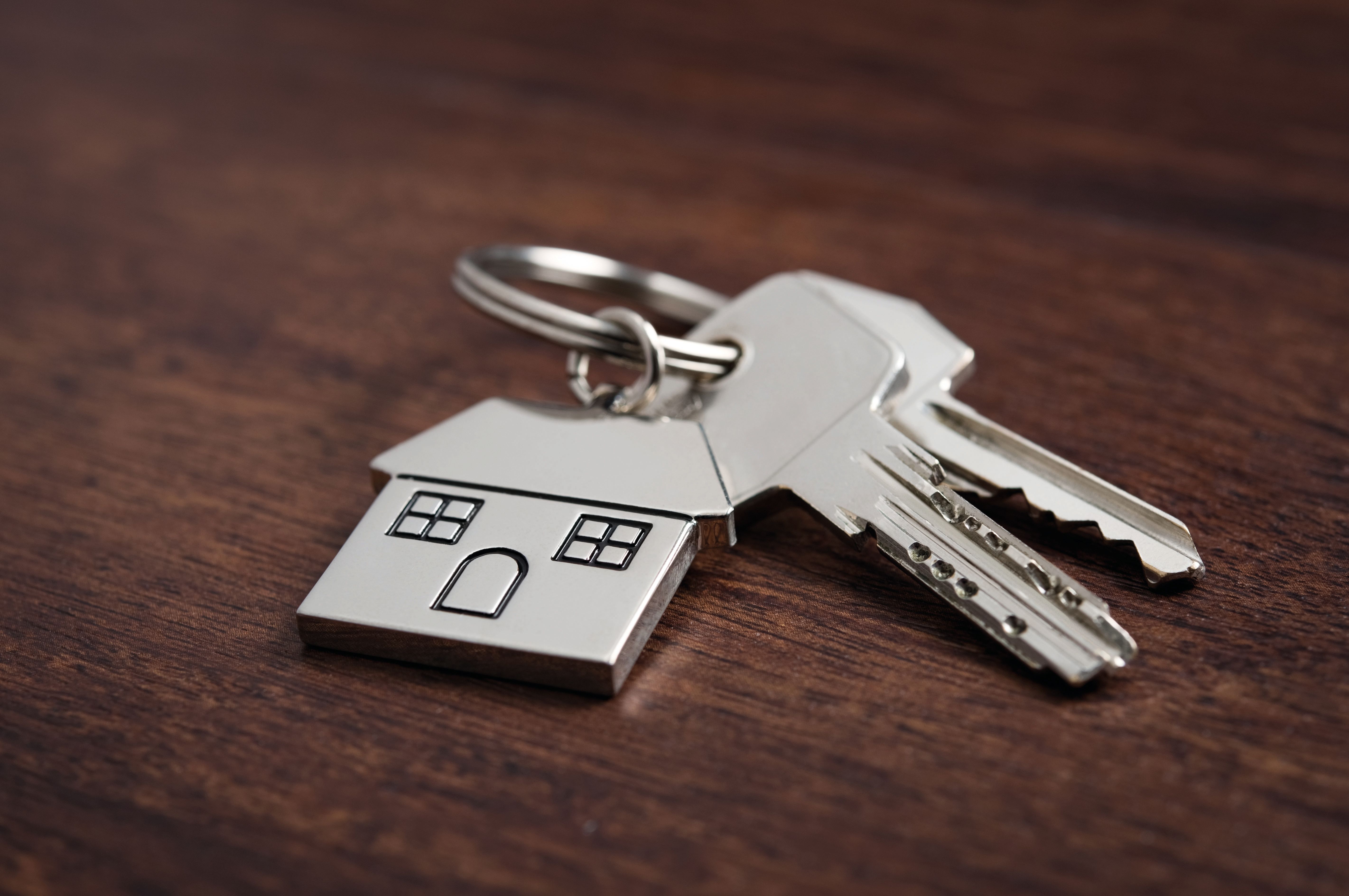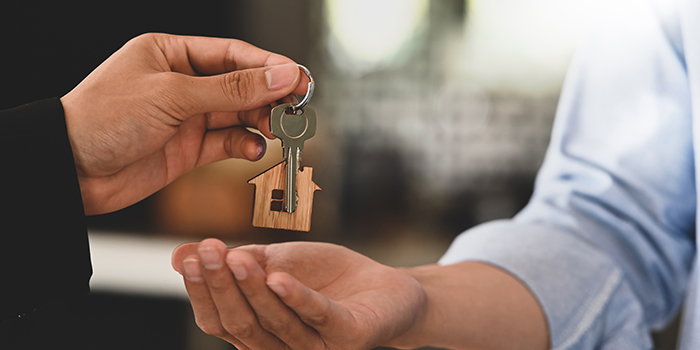
Almost half a million properties have been bought using the Help to Buy Isa, since this tax-free savings scheme was launched.
Latest government figures — covering the period from launch on 1 December 2015 to the end of September 2021 — show that 460,567 properties were bought using savings from these Isas.
A total of 604,720 bonuses have been paid on these Isas by the government, totalling £674m. The average savers received a bonus of £1,115.
The figures show the highest number of property completions using this scheme were in the North West, with the lowest number in the North East and Northern Ireland.
However the average value of a property purchased using a Help to Buy Isa was £175,680, this is now considerable less than the average first-time buyer house price of £225,607. The scheme can only be used to purchase property worth up to £250,000, or £450,000 in London.
The average ago of a first time buyer using this scheme is 28. This is two years younger than that average age of a first time buyer, which stands at 30.
This scheme allows savers to accumulate up to £12,000 in a tax-free Isa and earn a government bonus equivalent to 25% of these savings when buying their first home.
The scheme closed to new accounts on 30 November 2019, but those who had already opened one of these Isas can continue to save into their account until 30 November 2029, with the government bonus being claimed by 1 December 2030.
Hargreaves Lansdown senior personal finance analyst Sarah Coles points out that runaway house prices now risk invalidating these products, with many unable to claim their government bonus if they cannot find a suitable property under the £250,000 limit.
She says: “At times like this, first-time buyers need government schemes more than ever, so it’s a real kick in the teeth that many will get to the point of buying a property and discover they can’t take advantage of the bonus.”
She says: “When the Help to Buy Isa was launched in December 2015, the average price paid by a first-time buyer was less than £175,000, so the limit of £250,000 (and £450,000 in London) gave buyers plenty of scope to find the home they wanted.
“In the seven years since, the average first-time buyer price has risen more than a quarter to over £225,000 and the limits haven’t moved an inch. As a result, we’re getting perilously close to the day when nobody using the scheme can afford to buy an average starter home. It means that people who started a Help to Buy Isa in good faith back in 2015 could get to the point of purchase and realise they won’t get the bonus they were expecting.”
She called for the government to reconsider limits on the Help to Buy Isa and the Lifetime Isa (Lisa) — which also allows pays a 25% bonus and allows savers to use these savings to buy their first home. The Lisa currently can be used to buy a home worth up to £450,000, however it also imposes, restrictions on other withdrawals which are not a feature of the Help to Buy Isa.
Interactive investor senior personal finance analyst Myron Jobson adds: “It would be unfair to call the Help to Buy Isa a failure, but it would be a stretch to call it a success.
“Every little helps when it comes to purchasing a home, but the average bonus of £1,115 barely covers home survey and legal fees as well as other costs associated with buying a property.
“The initiative fell by the wayside following the introduction of the Lifetime Isa, which offers more generous benefits for those who know their savings will be used towards purchasing a property.”


